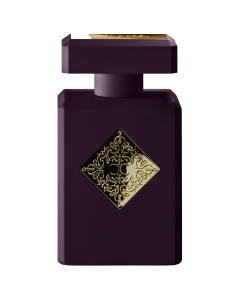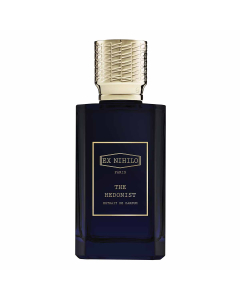Please note that we use cookies to offer you a better user experience, analyse site traffic, and better serve advertising. By continuing to use this website, you consent to the use of cookies in accordance with our Cookies Policy. Learn more.
Maison Francis Kurkdjian 724 Eau de Parfum
Olfactory Notes:
White Sandalwood
This Indian wood is considered to be sacred. It is mentioned in many Sanskrit texts and is still burned in Asia during religious celebrations. For perfumers, the Santalum album growing in India, China and Indonesia is the reference, even if there are now two other varieties cultivated in Australia and New Caledonia. The Indian quality is often referred to as Mysore because it is the historical region in the south of the peninsula that produces the largest amount. The oil distilled from the ten-meter tree is rare and expensive, because it takes more than 50 years to obtain a tree that can be used in perfumery. Its low volatility makes it a very persistent base note. Its fragrance is woody, milky, slightly spicy, round, soft and enveloping.
Aldehydes
Aldehydes are synthetic compounds that have been used in perfumery since the beginning of the 20th century, and they have very different olfactory characteristics from one another. They can alternately evoke citrus smells (orange, tangerine), soapy smells or metallic smells reminiscent of a hot iron (steam from the laundry, etc.). Often associated with floral notes, they introduce an effervescent, sophisticated freshness as well as undeniable volume and they also linger for longer.
Bergamot from Calabria
Known for its fruity edge in Earl Grey tea, Citrus Bergamia is widely used in perfumery because its fresh, sparkling top notes bring a kind of "smile" to the perfume. Its oil is obtained by cold expression of the fruit's peel. Southern Italy specializes in the cultivation of this citrus fruit, used in the composition of eau de Cologne and of many women's and men's fragrances, with fresh, floral and aromatic facets unfolding and stretching all the way into the heart of the perfume.
Bouquet of fresh white flowers
It is a bouquet of aerial flowers, just picked and barely open, imagined by Francis Kurkdjian. To do this, he reconstituted a seringa, also called the poets' jasmine, with a scent oscillating between orange blossom and fresh jasmine. Then he reproduced the effects of two other mute flowers, the luminous freesia and lily of the valley, and blended them together. The green lily of the valley note magnifies citrus fragrances and leaves an airy floral sensation.
Jasmine from Egypt
Known by its Latin name as jasminum grandiflorum, the jasmine used in perfumery is surprisingly potent and multi-faceted, ranging from orangey-floral, solar, fruity (banana, strawberry, apricot), to animalic and spicy. Jasmine has an astonishingly complex structure for such a fragile flower that needs to be harvested very early in the morning before the sun spoils its fragrance. Its scent can only be extracted with volatile solvents and is very expensive due to its low yield of essential oil. Its kaleidoscope of nuances blends perfectly with other flowers as well as woods or ambery accords.
Musks
Initially extracted from Tibetan musk deers, natural musk has been banned in perfumery since 1973. Synthetic molecules designed to replace it appeared at the end of the 19th century, so today there is a wide selection of musky notes with an olfactory palette ranging from fruity, to woody to animal facets. Musks are very persistent and relatively non-volatile base notes. They have been extensively used in detergents and fabric softeners, and are commonly referred to as white musks because they evoke the scent of soft, fluffy clean linen, and conjure up a feeling of tenderness and comfort suitable for all kinds of fragrances. With their inimitable mellowness highly appreciated by the general public, today musky notes are present in the vast majority of women's and men's perfumes.











